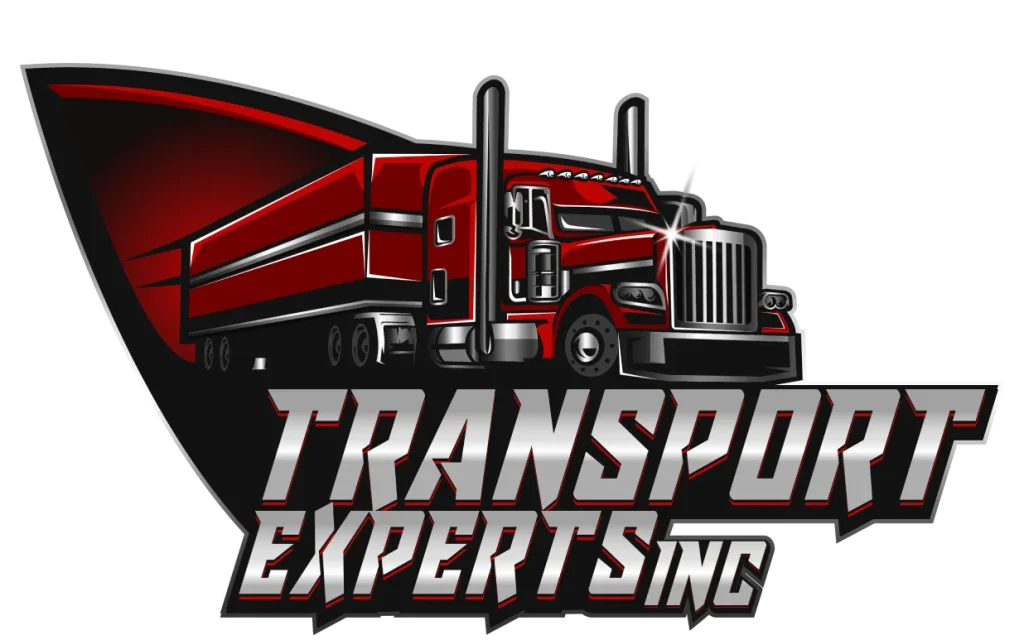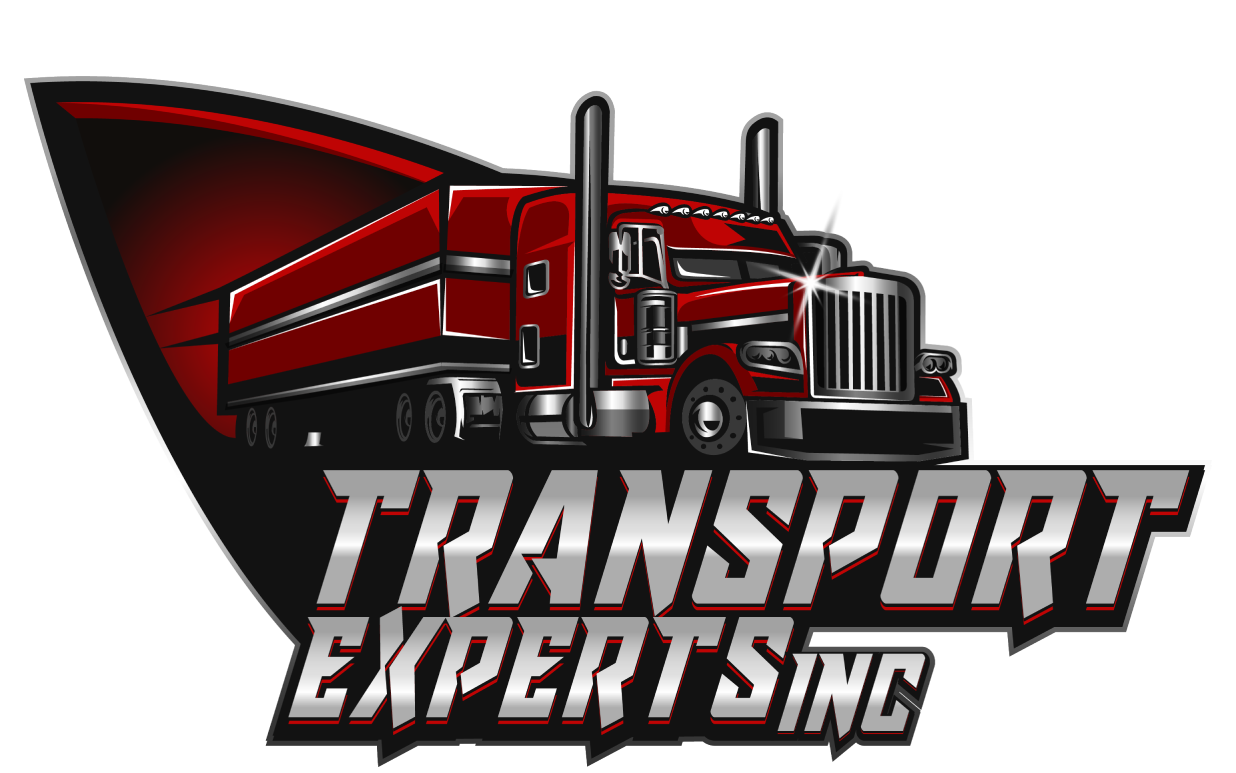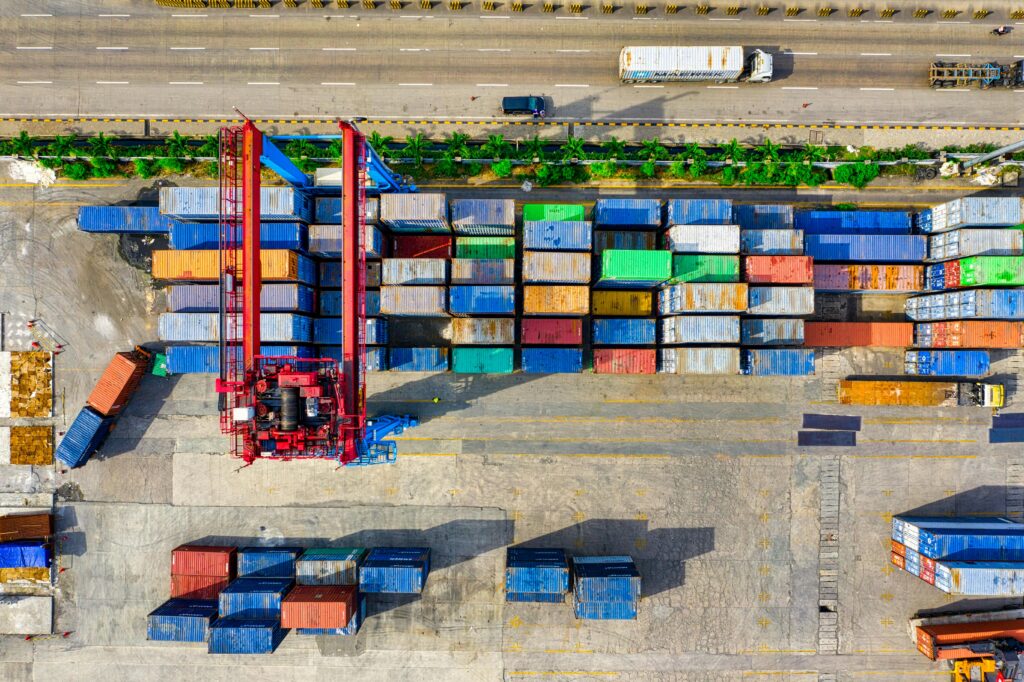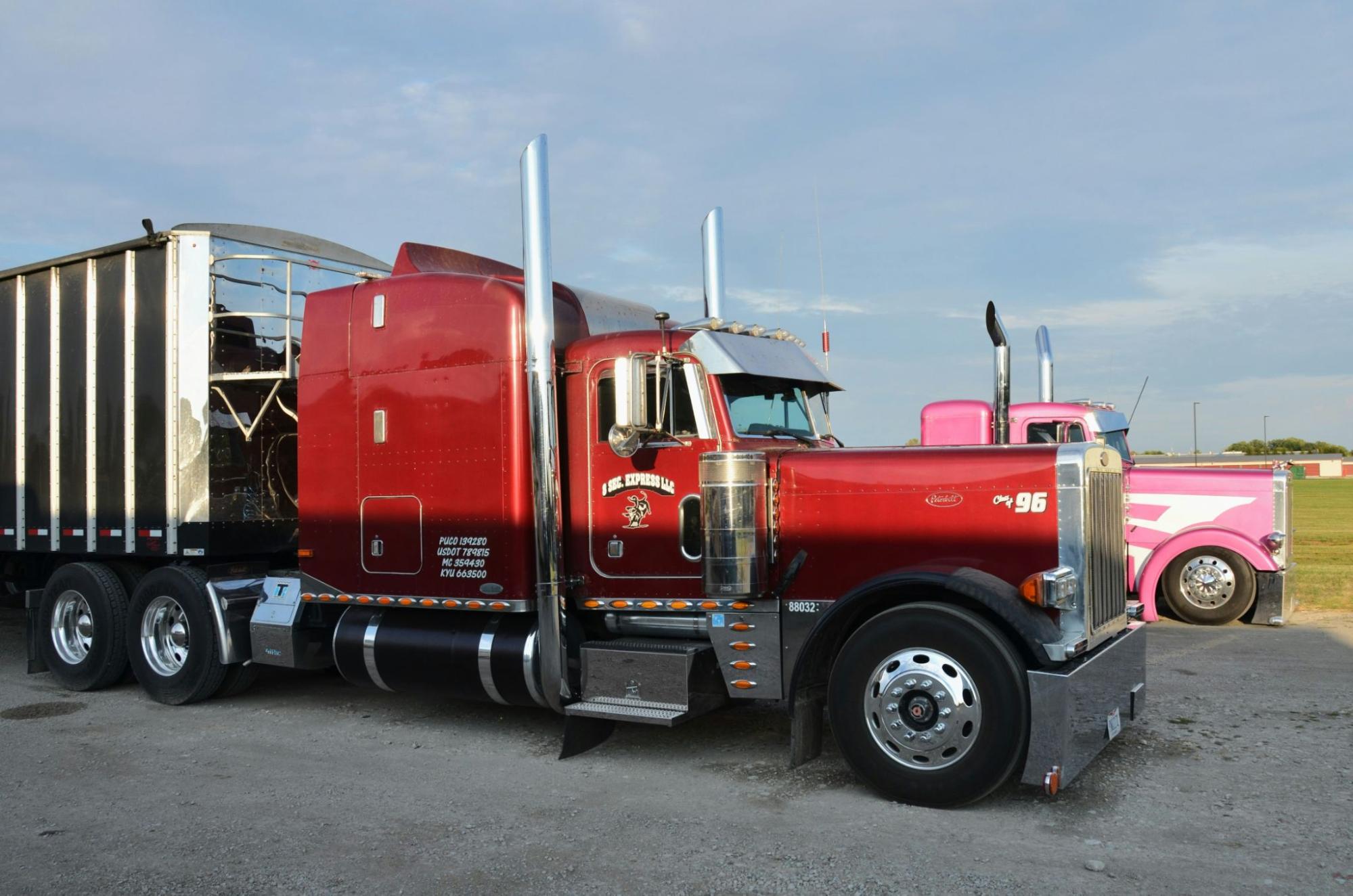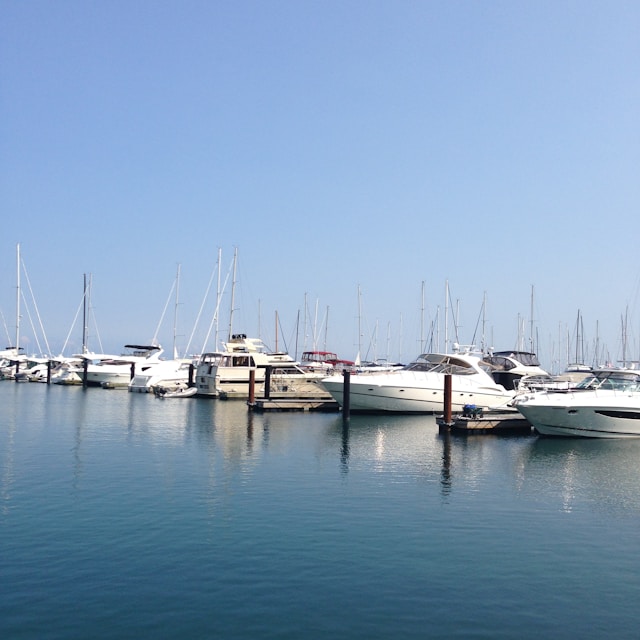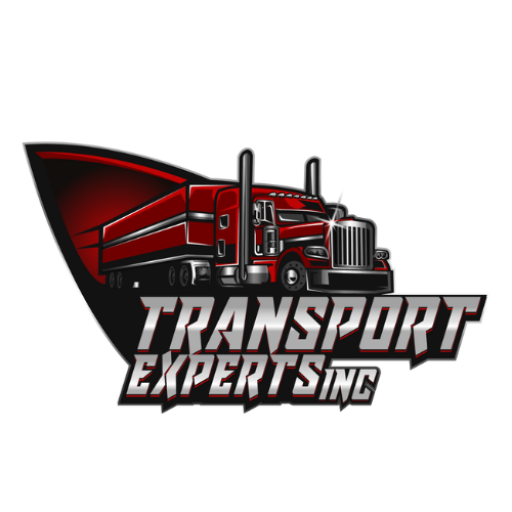Have you ever wondered how these heavy equipment around us are delivered to us or anybody in the world?
Obviously, shipping of heavy equipment is not as easy as moving few boxes from here to there. They are not your normal delivery items but they include bulldozers, cranes, cars, excavators, tractors or even large industrial machinery that not just weigh few pounds but thousands of pounds or even more.
You cannot just simply toss them into a truck and TADA your item is delivered. But it is as hard as it sounds. And when you are shipping them around the world, its much more complicated.
But today, I am going to answer all of your doubts and will tell you exactly how to Ship Heavy Equipment!
Whether you own a construction company who needs to move its fleet hundreds of mile, a farm upgrading its tractors or even a business relocating its machinery nationally or even internationally, this blog will guide you about everything you need to know about heavy equipment shipping from start to the end.
So, buckle up! We are just about to start our journey to learn everything about How to Ship Heavy Equipment. Let’s get started.
How to Ship Heavy Equipment (Step-by-Step Checklist)

Now, let us start with a complete checklist of how to ship heavy equipment.
You know, heavy equipment shipping is not just about hiring a truck. But it is much more than that. You need the right methods of transportation, permits, insurance and even the proper preparation to make sure that your valuable equipment arrive safely to your location right on time.
Well, that really sounds like an Impossible task to pull together, but luckily, with the right checklist and guidance, you can do it without making it a problem.
Here is a step-by-step checklist for you to help you manage your entire journey of heavy equipment journey from start to the end. Here we go:
Step 1: Scope Out Your Equipment
The first thing that you need to do before calling out any transporter is to get to know your equipment. Make sure that you know the:
- Correct Dimensions of your equipment (length, width, & height)
- Weight
- Any pecial attachments like blades, buckets, arms, etc.
- Pickup and drop-off locations
These are the basics that you must know before hiring your transporter. It helps the carrier to determine the right type of freight, permit and costs for your shipment.
Step 2: Choose the Right Transport Method
Now you need to pick the right transportation method for your equipment.
Remember, not all the machines are shipped the same way. Some are hauled on flatbeds for domestic shipment, while others require RoRo Vessels for shipping globally. So, that’s a really important decision to made here.
Step 3: Secure Permits & Insurance
This is a really important step that you can’t miss. So, read it carefully.
The oversize or overweight loads almost needs permit every single time. The rules and regulations might vary depending on the country, but you will be needing them.
Not just the permits, but you will be needing insurance as well in case your goods gets damaged during the transit. Add them to your checklist, you will thank me later!
Step 4: Arrange Pickup & Loading
Once you are done with all the paper work, you need to coordinate pickup points.
Obviously, you are shipping heavy equipment here. So, you will be needing cranes, ramps or maybe forklifts depending on what you are shipping. Drivers often inspect and document the condition of your equipment before the departure for the record.
Step 5: Transit & Tracking
Don’t worry, your equipment remains safe and secure during transit. And they might even be tracked by using GPS.
Step 6: Delivery & Handover
Finally, when your equipment or machinery arrive at the destination, the final inspection will be done by the driver. You can now confirm the condition against the pre-shipping photos and paperwork before your final sign off.
This is a complete checklist of how to ship heavy equipment. As I mentioned before, it is not a simple process, but requires lots of paper work and careful planning to ship your equipment safely to your destination. That is why you need professionals like Transport Experts Inc. to help you throughout your shipment process while you can stay back and relax.
They are experts of heavy equipment shipping and complete all of this checklist with pure professionalism and expertise to ensure a safe and secure delivery of heavy equipment both nationally and internationally.
Shipping Methods for Heavy Equipment: Flatbed, Lowboy/RGN, Step-Deck, RoRo, LoLo & Containers

One of the most important decisions that you need to make in heavy equipment shipping is to choose the right method of transportation. There are multiple methods to transport your equipments, each with its pros and cons.
So, if you are wondering how to ship heavy equipment, then you can check which transportation method suits your equipment to ensure that you select the right one. Here is what you need to know:
Flatbed Trailers
- When to use: Flatbed trailers are ideal for smaller heavy equipment with a standard weight or height like cars or forklifts.
- Limits: It can carry about 46000-48000 Pounds. The load cannot exceed 8’6” high, 8’6” wide, and 48′ long
- Handling gear: Cranes, loading ramps or forklifts
- Pros: Low priced, easy to find, rapid loading/unloading.
- Cons: cannot be used on oversized loads without permits.
Step-Deck (Drop-Deck) Trailers
- When to use: Taller equipment that cannot fit on a flatbed, but does not require a lowboy. Good with excavators and backhoes.
- Limits: Main deck is lower to the ground, and loads up to approximately 10 ft tall are permitted with 48000 lbs weight limit.
- Handling gear: Forklifts or ramps.
- Pros: A good choice for taller equipment for flexible options.
- Cons: Remains limited to very heavy or very tall machines.
Lowboy / RGN (Removable Gooseneck) Trailers
- When to use: When the machine is oversized, overweight such as bulldozers, cranes, graders and other industrial machines.
- Limits: Haul loads to 12 ft high and 80,000 plus lbs, depending on the axle configuration.
- Handling gear: The gooseneck can be removed so gear can be driven straight onto the trailer.
- Pros: Possess the capability to handle the heaviest and tallest equipment or machinery without any problem. It is great for complex loads.
- Cons: They are not easily available as flatbeds or step-decks and are more expensive.
RoRo (Roll-On/Roll-Off) Vessels
- When to use: Ideal when shipping equipment that is self-propelling, like tractors, wheel loaders, and cranes, internationally.
- Limits: Varies with the size of the vessel; typically well suited to wheeled or tracked machines capable of moving on and off. They can carry from 80-150 metric tonnes on smaller routes and more than 375 metric tonnes on larger routes.
- Handling gear: Equipment comes straight into the cargo deck of the ship.
- Pros: It is comparatively safer and efficient with minimal handling that reduces any risk of damages to your equipment shipping..
- Cons: This type of equipment can only be used at the ports where the RoRo is available; it cannot be used with non-portable equipment.
LoLo (Lift-On/Lift-Off) Vessels
- When to use: to ship oversized, non-portable or non-uniformly shaped equipment internationally.
- Limits: Size and weight are based on crane capacity at port.
- Handling gear: Port cranes are used to move the equipment onto and off the ship.
- Pros: It allows transfer of very heavy and bulky shaped machinery to other countries.
- Cons: costly, take more time to handle, and risky when not handled.
Containers
- When to use: It is ideal for parts, attachments, or machinery, small or medium-sized. You can use it with expensive or sensitive equipment that requires additional protection.
- Limits: A large container ship can carry 20,000 containers at once.
- Handling gear: Forklifts or cranes to unload gear into.
- Pros: Protects against the weather, can be shipped abroad, can be stacked easily.
- Cons: It is limited by the size of the container and not really suitable for large machinery or equipment.
Quick tip: Flatbeds, step-decks, and lowboys are the most common choices when it comes to domestic U.S. shipments. In the international relocation, they are dominated by RoRo and LoLo, with smaller machinery or parts occupied in containers. Transport Experts Inc. deals in all of it and offers a hassle-free shipment.
Permits, Insurance & Compliance (Oversize/Overweight Loads Done Right)
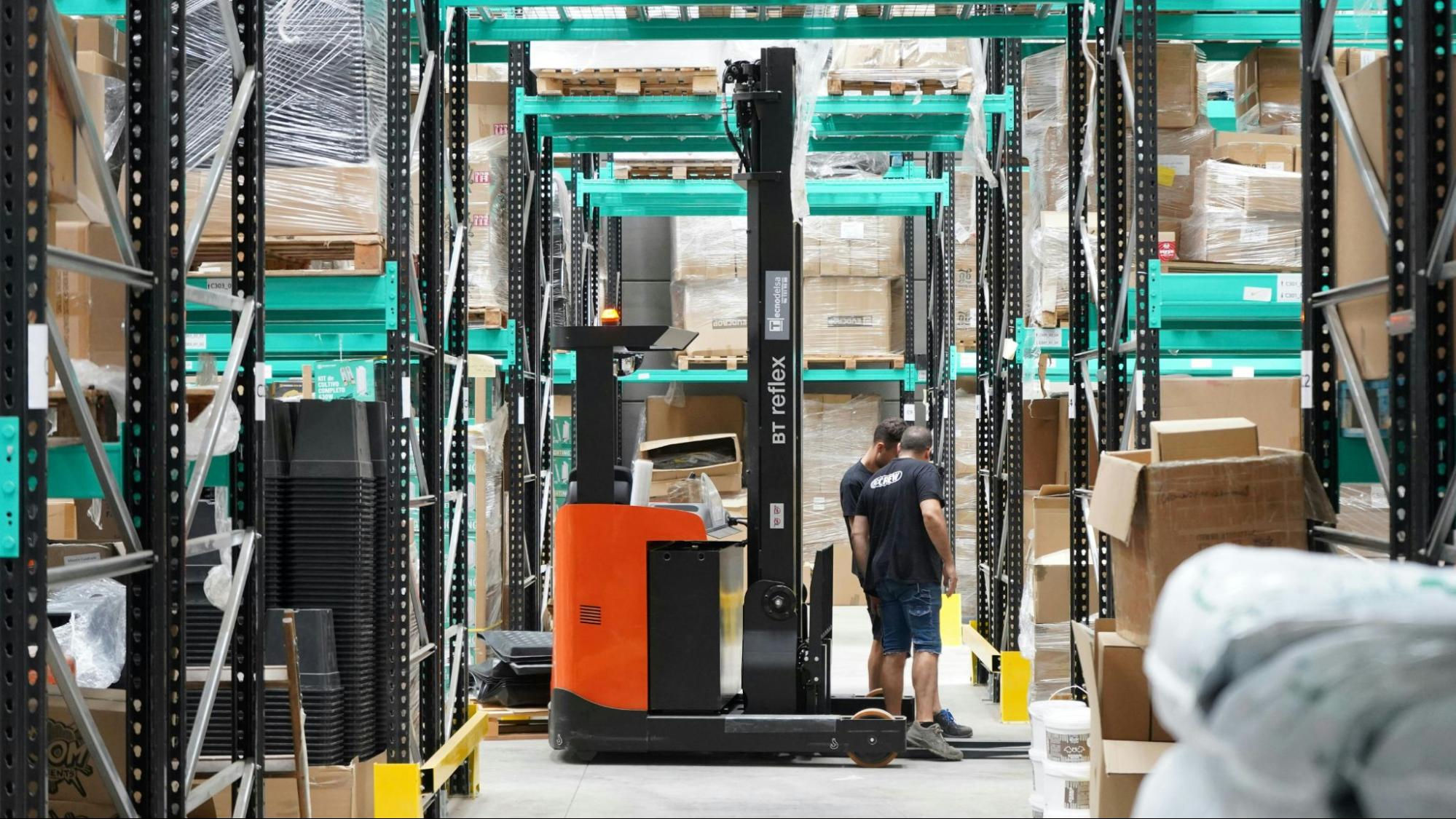
This is where most shippers fail-by not paying attention to the red tape. The thing is, you should follow the rules, when your load is oversized or overweight. Otherwise, you may face hefty fines, delays in shipment or even accidents.
Permits & Escorts
It is hard worrying about how to ship heavy equipment, especially when you don’t know if you need permit for it. That is why, I have highlighted which equiments need the permit. So, you better go through it before applying for a permit.
- Oversize loads : anything more than 8.5 feet wide or more than 13.5 feet high normally needs state permits.
- Overweight loads : Your equipment must have special permits when it is above 80000 lbs. gross vehicle weight.
- Escorts/Pilot Cars : In certain states, extra-wide or tall loads have to be accompanied by an escort car .
The rules are slightly different in each state of the U.S., and it is important to plan in advance. The processing of some permits takes days and this is why I emphasize on early booking.
Insurance Requirements
The expensive machinery may not be well covered by the basic carrier liability. It is always important to request cargo insurance with a full value of your equipment. This covers you in the event of machine damage, theft or loss during transit.
Compliance & Documentation
Here is a complete list of documents that you will be needing:
- Bill of lading (BOL)
- Insurance Proof
- Permit or approval by the State or federal government
- Reports of Equipment condition
Risk Reduction Tips
- Verify weight/dimensions prior to booking.
- Get seasoned drivers who are well acquainted with heavy loads.
- Photograph document equipment prior to pickup.
- Ensure tie-downs/chains are conforming to DOT standards.
All you need to do is follow this guideline to avoid any mishaps along your way. This is the most crucial thing that you need to know about how to ship heavy equipment.
Preparing Heavy Equipment for Transport (Safety, Damage-Proofing & Handover)
The heavy equipment is not only heavy, but it is also delicate in some sections. When well prepared, risk is reduced, your investment is safeguarded, and the transport process is made easy. You can consider it as a way to prepare your machine to travel.
-
Clean the Equipment
Take away dirt, grease, debris. The clean machine is not only presentable, it is easier to inspect and detect any pre-existing damages.
-
Drain Fluids
The fuel, oil and hydraulic fluid may leak during transportation and create hazards. International shipping frequently requires that they be emptied (or at least reduced them to safe levels).
-
Disconnect the Battery
An detached battery eliminates accidental startups, or electrical problems, during transportation.
-
Secure Attachments & Loose Parts
Buckets, blades, arms, and other removable components are to be removed and shipped separately or locked.
-
Take Photos & Condition Reports
Document the machine (before the driver leaves) in all angles. Photos and a signed inspection report will defend you against the possibility of damage claims.
-
Protect Sensitive Areas
Pad or cover glass or mirrors or fragile parts.
-
Driver Walk-Around
Conduct a walk around with the driver prior to truck being driven on the road. Tie-downs, chains, and tarps are confirmed. The final step creates tranquility on each side.
Pro tip : Have copies of your prep checklist in place, so that you can standardise the process across multiple shipments.
Broker vs. Carrier: When a Specialist Saves Money—Plus How Transport Experts Handles It End-to-End
I know what you are thinking right now. Whether to hire a carrier directly to ship your heavy equipment or should you work with a broker?
Well, if you don’t know how to ship heavy equipment, then you definitely need a broker. Here is why:
Carriers
If you are good with shipping heavy equipment and know how to do it. Then you can go to the carriers yourself and skip the broker in between. But it is always better to hire professionals to do such specialize jobs.
Brokers
They are the specialized ones. They know exactly how to ship heavy equipment to your destination right on time. Brokers like Transport Experts Inc. offers hassle free solutions to their clients.
They do not simply match you with a truck, but they reach out over a national network of carriers and match you with the right one at the right price. You do not have to worry about permits, insurance coordination, scheduling or compliance once you hire them for heavy equipment transportation.
Why You Need Transport Experts Inc.
- Flexibility: They are offering several carrier options and you do not have to go with a single price or route.
- Speed: They are professionals and are well aware of which carriers specialise in heavy equipment.
- End-to-End Service: Starting with permits up to escorts, it is all covered under one roof.
- Peace of Mind: When something changes (such as weather or route closure) brokers can turn more quickly than a single carrier.
Transport Experts Inc . is one of the leading name in the shipment industry of the USA with thousands of satisfied clients globally. They have established their reputation on taking the complicated issue of shipping heavy equipment easy and hassle-free.
Whether you have one excavator to move, or you need to organize a multi-state machinery relocation, their professional team will take care of all the steps to ensure your shipment is safe, compliant, and timely.
Frequently Asked Questions
Prices vary depending on the size, distance, and mode of transportation. For example, relocating a typical-sized skid steer a few states away on a flatbed might cost between a couple to five dollars per mile, whereas transporting a large crane overseas using LoLo can run into the tens of thousands. Requesting a custom quote is the only way to obtain accurate pricing.
Local domestic moves are typically done by loading heavy machinery onto specialized trailers such as lowboys, step-decks, or flatbeds. For international shipments, RoRo ships, LoLo cranes, or containers are used, depending on the size, drivability, and destination of the equipment.
Yes, most oversized or overweight machinery requires state permits, and certain routes may even need escort vehicles. Regulations differ from state to state across the U.S., so it’s essential to check with your transporter before scheduling.
“Heavy equipment” generally refers to industrial-grade machinery that exceeds normal shipping dimensions. This includes bulldozers, excavators, graders, loaders, cranes, tractors, and industrial plant machines—essentially, any equipment too large for standard truck trailers.
Absolutely. Heavy equipment can be shipped worldwide using RoRo, LoLo cranes, or containers. The main differences in international shipping include customs clearance, documentation requirements, stricter safety regulations, and longer transit times.
